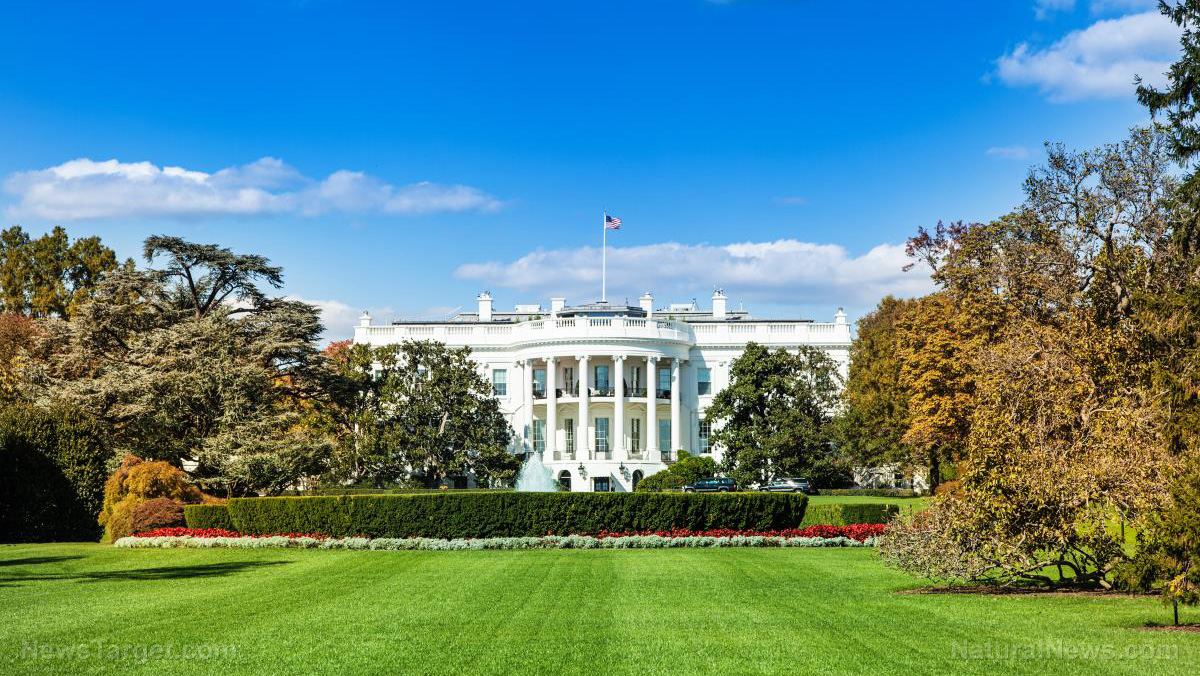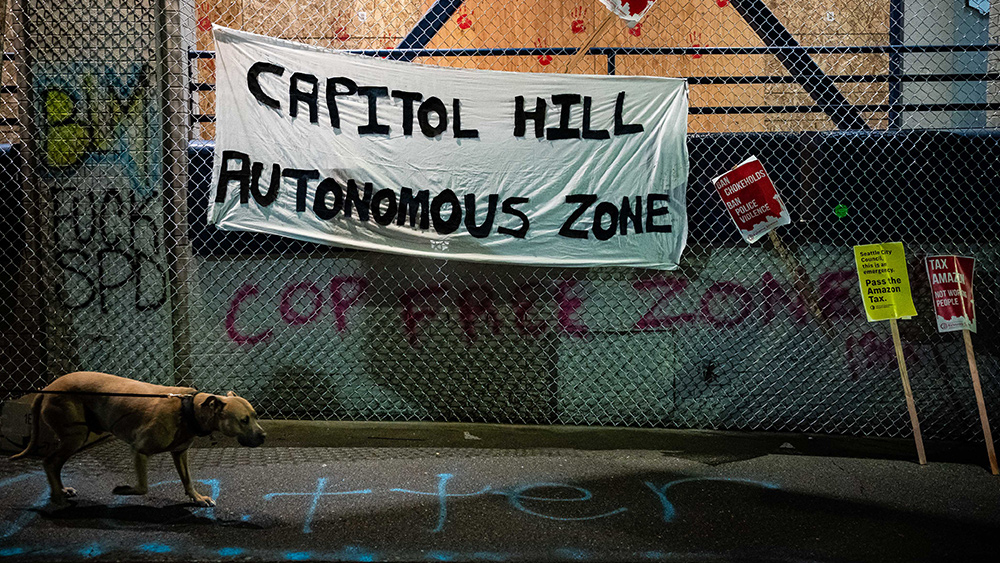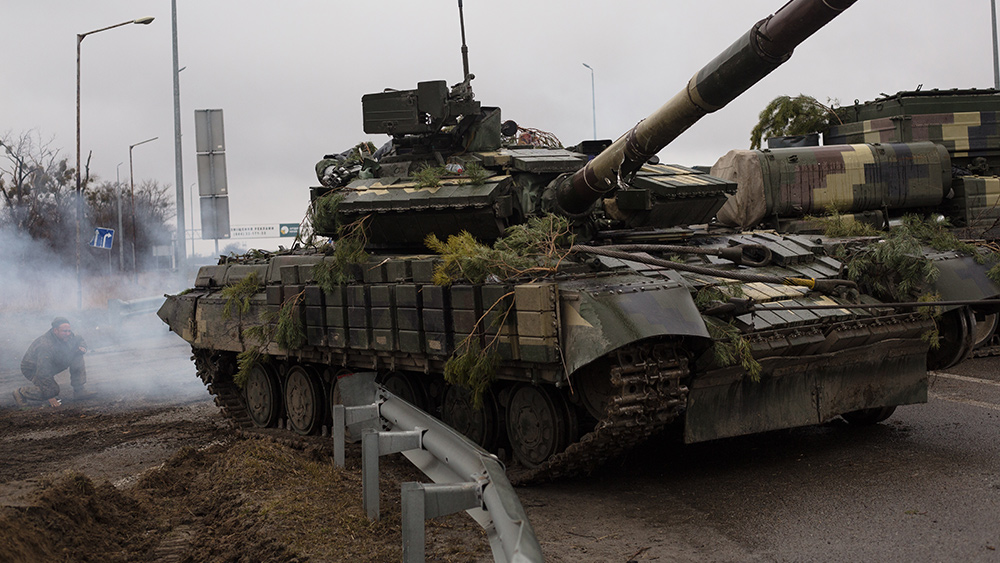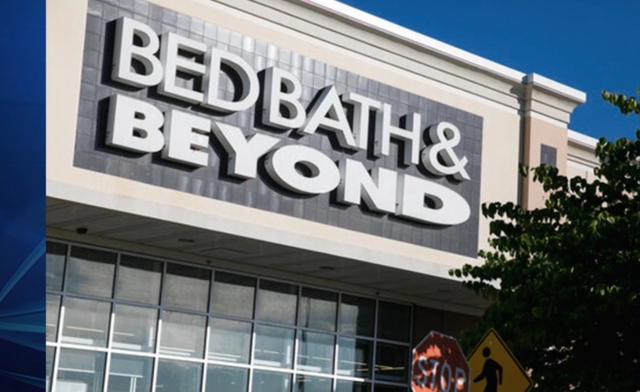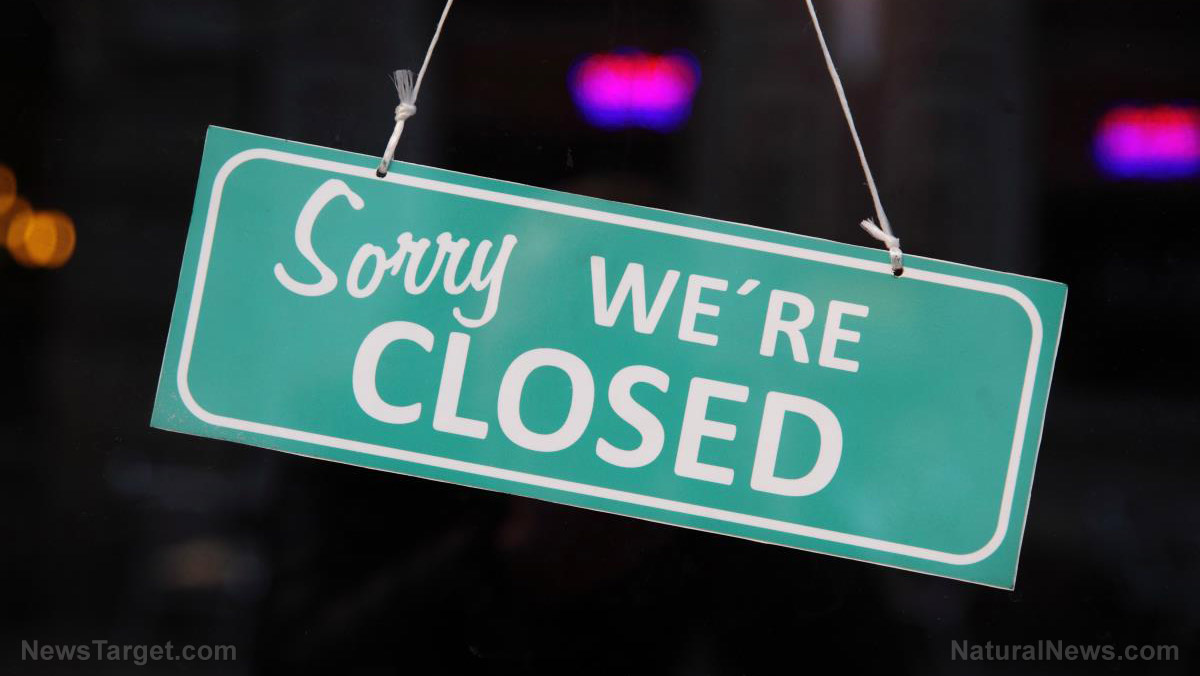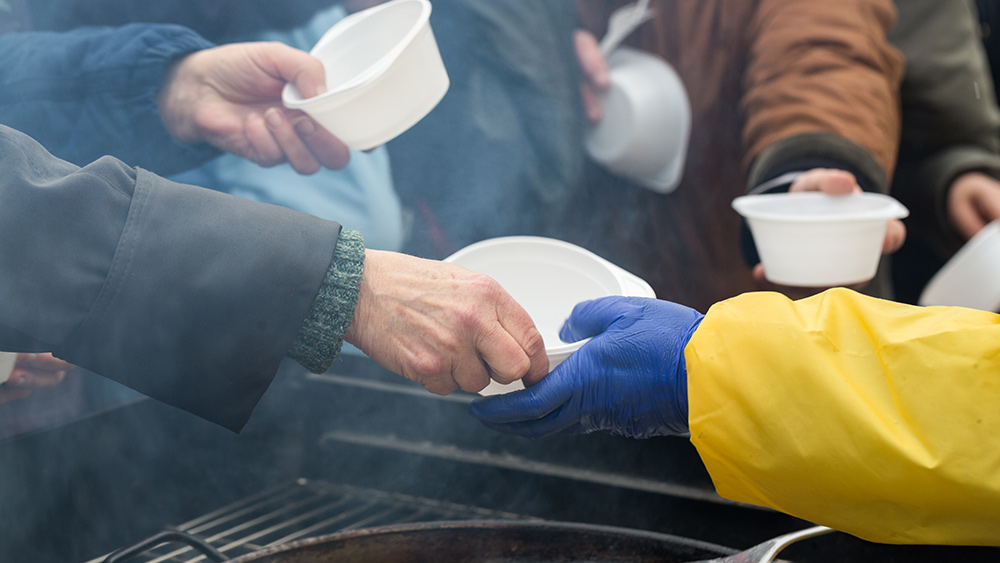
According to the most recent reliable federal count available, almost 25 percent of a million people aged 55 or older are deemed by the government to have been homeless in the U.S. during at least part of 2019.
They represent a specific vulnerable segment of the 70 million Americans from the baby boom generation, the youngest of whom turn 59 this 2023.
Advocates for the homeless in many big cities have observed an alarming spike in the number of elderly homeless with unique health and housing needs.
Some communities, like Phoenix and Orange County in California, are trying to develop novel solutions, including setting up senior shelters and hiring specially trained staff.
Seniors now the "fastest-growing group" of homeless people
Margot Kushel, a professor of medicine and a vulnerable populations researcher at the University of California, San Francisco, calls the issue a "catastrophe," adding that the elderly are "the fastest-growing group of people who are homeless."
Central Arizona Shelter Services (CASS), the largest shelter provider in Arizona, is moving double-time to open an over-55 shelter in a former Phoenix hotel this summer. The facility will offer private rooms and medical and social services tailored for the elderly.
Additionally, the CASS facility will open with 40 beds and eventually reach a capacity of 170; however, this still isn't enough to solve the problem of keeping the elderly safe and healthy.
CASS reported that it served 1,717 older adults in 2022, an increase of 43 percent in one year.
In Orange County, a Medicaid plan is creating a 119-bed unit that will function as an assisted-living facility exclusively for the homeless, explained Kelly Bruno-Nelson, the executive director for the plan, CalOptima Health. The upcoming plan is the first of its kind.
Bruno-Nelson added that the current shelter system is unable to accommodate the physical needs of this population.
In San Francisco, Portland, Oregon, and Anchorage, seniors are also staying for months in respite centers that were only meant to provide a short-term stay for the homeless to get back on their feet.
In Boise, shelter operators are hiring staff with backgrounds in long-term care to help homeless clients manage their daily needs while also living for long periods in hotels.
Experts say the homeless population is difficult to estimate
According to recent data, those 55 and older represented 16.5 percent of America's homeless population of 1.45 million in 2019.
Dennis Culhane, a professor and social science researcher at the University of Pennsylvania, explained that the population of homeless seniors 65 and older will double or triple 2017 levels in certain areas before peaking around 2030.
Culhane added that the problem can now be considered a crisis because average citizens can often see homeless people "in wheelchairs, people with walkers, people with incontinence and colostomy bags making their living out of a tent."
Experts have tried to trace the cause of the homelessness problem plaguing the country, and they believe it is due to a "devastating combination of factors."
Culhane said those in the second half of the baby boom, who came of age during recessions in the 1970s and 1980s, are struggling against unique economic disadvantages.
For example, housing costs are skyrocketing in many cities.
Additionally, America's system of nursing homes and assisted-living facilities is unable to address the needs of homeless people, many of whom suffer from high rates of substance abuse and mental illness.
Before Phoenix officials started clearing some streets of the homeless in May, an estimated 900 people live in a few square blocks called "The Zone" while about 900 individuals were living in emergency shelters on the gated Human Services Campus in the same neighborhood, reported shelter operators.
In Maricopa County, which surrounds the Phoenix metro area, an annual count in January documented more than 2,000 homeless people 55 and above, with nearly a third of those recorded 65 or older. (Related: Emergency preparedness for seniors: 4 Things to consider before disaster strikes.)
Street doctors and advocates warned that living on the street is hard on the human body. Many homeless people contract chronic diseases and other geriatric problems earlier than the average person does.
Unfortunately, long waits for housing and a lack of specialized care expose the homeless to many threats to their health.
Homeless people face a vicious cycle of health issues
After treatment for an acute illness, hospitals will usually discharge homeless patients, who often go back to shelters or back into their sidewalk tents and makeshift lean-tos. Health practitioners in Phoenix have dubbed the unfortunate occurrence "treat-and-street."
The homeless also face common threats like relapses and rehospitalizations. Aid workers say that younger homeless people on the streets often steal medicine from seniors.
They also often treat patients with dementia.
Staff at CASS give out adult diapers. Some unhoused seniors wait in the CASS shelter for one year or more while they wait for placement in subsidized housing, assisted living, or a nursing home.
Despite the best intentions of the staff, CASS is not licensed to provide nursing-home-level care, and they are not trained as nursing assistants. This means patients can't stay if they have advanced geriatric care needs and require help with activities of daily living such as dressing, eating and going to the bathroom.
Lisa Glow, chief executive of CASS, said the homeless require a higher level of care than the current shelter system can provide. She added that in some cases, shelters have had to sadly turn people away because of this.
When that happens, staff work as quickly as possible to help find an alternative space for them, such as a hotel.
Chronically homeless people are "aging on the street"
In Phoenix, the summer heat is another problem many homeless face. The heat is linked to various health concerns like dehydration, heat stroke and burns from bare feet, arms and legs that often come into contact with blisteringly hot concrete and asphalt.
Mark Bueno, a primary care doctor who treats patients living on the streets from a mobile clinic run by Circle the City, a local homeless aid group, said that he treats many homeless patients with mobility issues. Some of his older patients are in their 80s.
After researching homelessness for years, Kushel has cataloged the many paths to sudden homelessness for older adults. It usually often involves the death of a spouse or parent, which means they lose their income and are unable to pay rent and mortgages.
Other long-term, chronically homeless people are left to age on the street.
Medicaid, the health insurance program for the poor, will only pay for a long-term nursing home or assisted living bed if a person is unable to care for themselves. But many elderly homeless people are not debilitated enough to meet that criteria.
"That’s where the gap in the system is," lamented Regan Smith, the long-term care ombudsman program director in Maricopa County.
Advocates, health-care providers and shelter operators said that a pinball effect often affects the homeless.
First, homeless people get passed around from homeless shelter to hospital, then to a nursing home for a short-term recuperation stay. And after their short-term stay ends, nursing homes must decide if the person is infirm enough to qualify for long-term care.
If the homeless don't meet the criteria, they have to leave the nursing home, which starts the cycle over again.
Respite centers for the homeless
Steven Block, a 69-year-old from New Mexico with memory problems, ended up homeless in the lobby of a Coyote South hotel in Santa Fe in 2023 after he was evicted from a nursing home in Taos, said his family members.
Block, who was a former reporter for a community newspaper in southern Colorado, had an alcohol addiction and suffered a fall near his home in Raton, N.M., shared Terrie Gulden, his brother-in-law.
Block suffered hip and shoulder fractures and was treated in an Albuquerque hospital, where doctors found that he had dementia. He was transferred to the Taos facility in June 2022 but was discharged with no notification to the family on the last day of January, shared Gulden.
Block, who only had some socks and a change of underwear in a garbage bag, was unable to tell his family how he got to Santa Fe.
Gulden added that he had no idea about what happened to Block until he received a call from a Santa Fe hotel that he was in their lobby. Block had no money, papers and discharge papers. He was left out on the street.
After staying at a homeless shelter in Santa Fe for two weeks, the local fire department gave Block a ride to the Albuquerque airport. Gulden then picked him up and brought him back to Minnesota to be near his family.
Unlike other cases, Block was lucky since he had relatives who could take him to a safer environment. Block currently lives in a subsidized apartment. He also has family and paid help assisting him with meals and housecleaning.
For homeless people left without any family support, some shelters have set up special units called "respite" centers.
There are currently 150 respite centers around the country, which has increased significantly from 80 in 2016, reports the National Health Care for the Homeless Council. These centers are usually partially funded by local hospitals that want to avoid discharging homeless people back onto the streets.
Respite centers are designed to help homeless people recuperate for several weeks after a health crisis. But if the elderly have nowhere else to go, they often tend to stay much longer than allowed.
In Anchorage during the COVID-19 pandemic, shelter operators repurposed a hockey arena to provide socially distanced quarters for homeless people.
However, they faced some problems, such as elderly people with wheelchairs and walkers being unable to get up the stairs from the arena floor to the mezzanine, where food was served. This emphasized the need for a vastly expanded respite unit for the homeless elderly and disabled.
Catholic Social Services opened an expanded version of a respite center, coined a "complex care" facility in a former hotel. Over 65 percent of current residents are 55 and older.
Residents can come and go, but this can be a problem when caring for people with dementia.
Kushel added that they also face problems when homeless people approach death while in respite care. And even though medical respite wasn't intended to be palliative care, hospice care, or end-of-life care, there are respite programs that have started to provide that service because the homeless have nowhere else to go.
Dr. Mark Bueno, a Phoenix street physician, said ambulances will pick up a dead person from a tent in The Zone at least once a week. There are several reasons for this, but the combination of aging bodies, harsh living conditions and drugs are often deadly.
Visit HomelessAgenda.com for more information about America's homeless crisis.
Watch the video below to know more about the gap between how migrants and the homeless are treated in America.
This video is from the NewsClips channel on Brighteon.com.
More related stories:
Homelessness in California’s state capital has risen by almost 70% since 2019.
Practical prepping tips for retirees.
Sources include:
Please contact us for more information.










